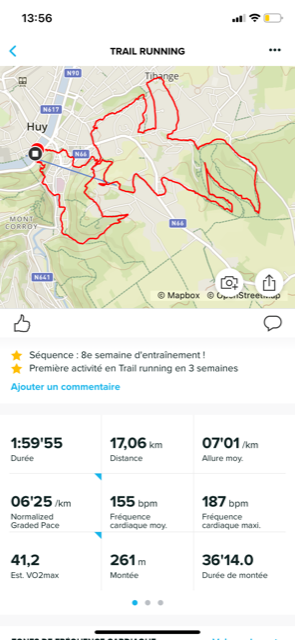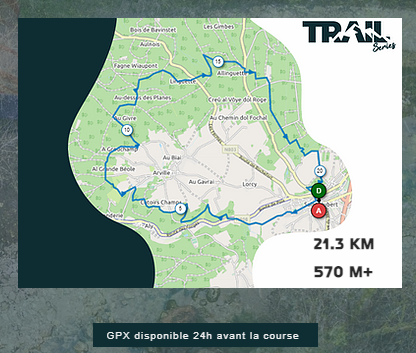Suunto 9 very low elevation gain
-
I just change my suunto spartan for a suunto 9 and even if I had always less elevation with my suunto spartan than expected, i was ok with that but since I use the suunto 9, the difference between the watch and what is annouced by trail organisation is huge.
Example with a trail track in belgium with 550D+ annouced

But only 261 D+ with my S9

Other example with the last official trail i made yesterday with 570D+ annouced by the organisation

but only 295D+ on my S9

I ran in france with my brother (polar watch) and after a trail around 30km, we have a difference of 450D+ between the polar watch and the S9.
My elevation gain is almost always divided by 2 regarding what should be expected. Is it normal ?
For information, i try to always connect the watch with suuntolink before leaving my house and i synchronyse the watch with the suunto app before starting to run
-
@alex-m 9 or 9 baro?
-
@alex-m as @isazi says, first of all we should know if you are using a S9 with or without baro. If its is without baro is quite normal that your elevation is lower, besides, if that’s the case, you should always use battery performance mode to GPS register altitude. Suunto tends to undercount elevation when there isn’t barometer. There are plenty of threads in this forum talking about the S9/S9B and its thresholds related ascent measurement. Due this thresholds, using a S9 non baro, if the profile of the trail has a lot of ups and downs is not going to measure accurately the ascent, on the other hand if there is only one or two big uphills the ascent it is going to be quite good.
In my opinion, a 21 km of trail with 570 m ascent is “quite” flattish, in my area this should be around 1100/1200+ m. So, without knowing the trail profile, I can guess that there is plenty of ups and downs and this makes that the ascent is quite off in front a baro device.
And despite all the above, race/event organizers tend to “exaggerate” the values of the circuit, you should check with other participants if the ascent that they got was matching the official one.
-
I use S9 without Baro. I understand than my watch is less accurate than with baro but i didn’t have this kind of difference with my suunto spartan (without baro)
As i don’t run ultra trail i always use my watch with the battery mode “performance”.
I’m in belgium so yes it’s quite flattish with a lot of up and down but where i’m a bit disappointed is that I bought a new watch for mainly one reason : Battery.
I tought that S9 should be OK as quite similar with my Spartan. Nothing to say about battery, is awesome but GPS is really not good for elevation.
I compared a lot with other and that’s why i began to check more closely my data. On 500D+ run, i’m always at least 150D+ below other and no friends of mine use a baro watch
-
@alex-m did you use Suunto App also with your Spartan, or where you checking elevation on Strava?
-
@alex-m if your friends use phones for the training, they most probably do have baro. If they upload not to SA, there may be an alttidude correction algorithm - so also not to compare.
I too have non baro version, and it’s starting to be more or less consistent on 50m or higher hills. Up to that there some presence of the noise. -
@isazi only suunto app
@Дима-Мельниченко some use polar watch, some garmin but mainly version without Baro
I saw that i can change the GPS system (GLONASS, GALILEO, BEIDOU), is that could help ?
-
@alex-m rather no then yes. You can look at your elevation graph in SA: if you don’t see the ascends where they are supposed to be, the maybe a certain configuration might help. But to my experience, it’s mostly the high smoothing threshold that causes the lower values.